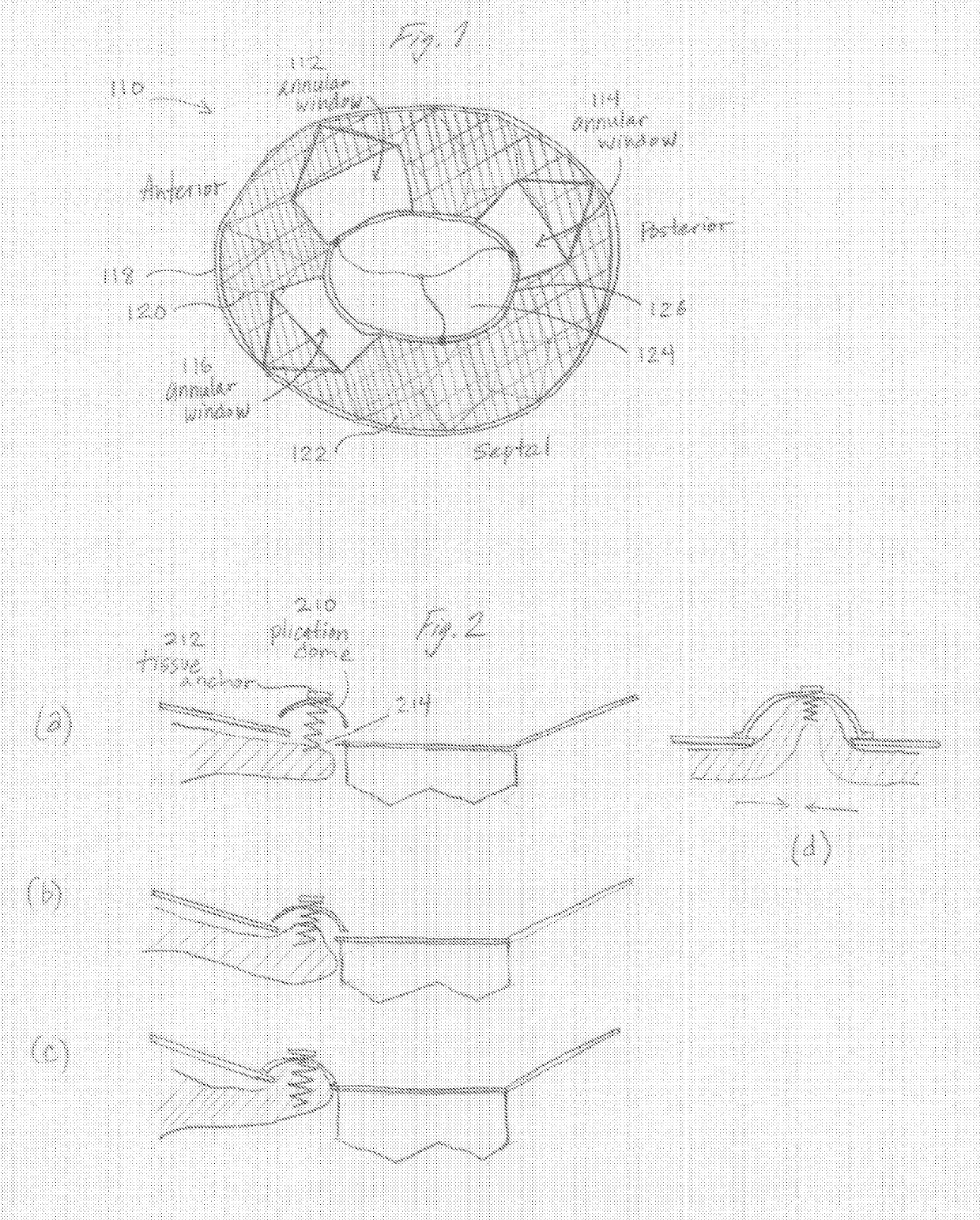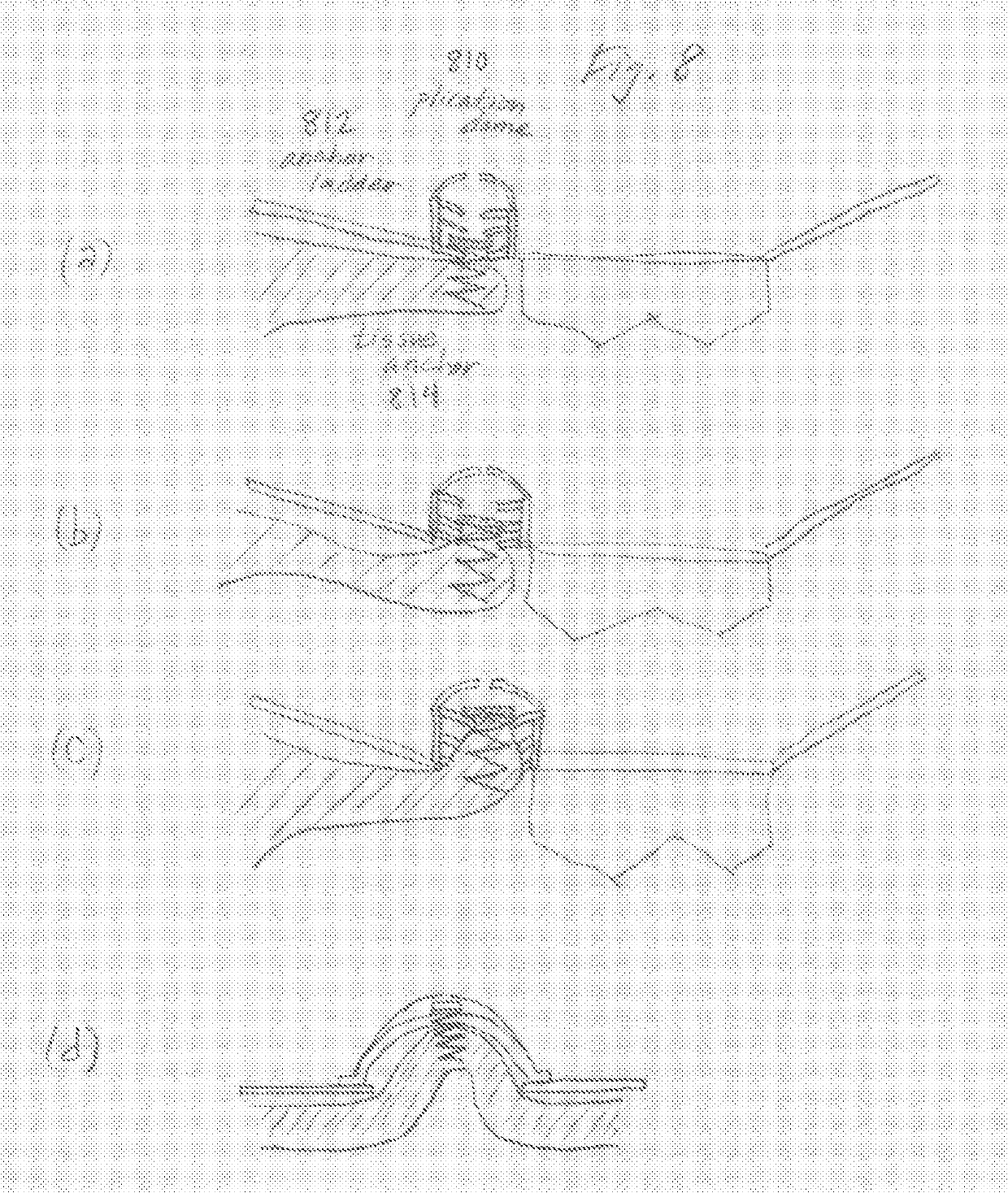Transcatheter Heart Valve with Plication Window and Tissue Anchors
a transcatheter heart valve and tissue anchor technology, applied in the field of transcatheter delivery prosthetic valves, can solve the problems of paravalvular leakage around an implanted replacement valve, enlarged heart, and loss of elasticity and efficiency, and achieve the effect of improving the quality of life and reducing the risk of complications
- Summary
- Abstract
- Description
- Claims
- Application Information
AI Technical Summary
Benefits of technology
Problems solved by technology
Method used
Image
Examples
example —
[0126]Example—General
[0127]Provided herein are systems, devices and methods suitable for percutaneous delivery and implantation of a prosthetic heart valve having a reciprocating pressure conduit valve in a heart of a patient. In some embodiments, methods and devices are presented for the treatment of valve disease by minimally invasive implantation of artificial or prosthetic heart valves. For example, a prosthetic heart valve device, in accordance with embodiments described herein, can be implanted for replacement of a diseased or damaged native valve or prior implanted prosthetic valve in a patient, such as in a patient suffering from valve stenosis. In further embodiments, the device is suitable for implantation and replacement of other diseased or damaged heart valves, including the tricuspid, pulmonary, aortic, and mitral heart valves.
[0128]In this example, a heart valve prosthesis in a radially expanded or deployed configuration (e.g., a deployed state) includes a frame or ex...
example — threaded
[0145]Example—Threaded
[0146]In another preferred embodiment of a transcatheter valve, there is provided a feature wherein the atrial frame comprises a threaded structure, wherein the threaded structure allows for a simple circular screw-type deployment of the device into a native annulus to aid in sealing and sizing of the top collar into the native annulus.
[0147]Example—Method
[0148]In a preferred embodiment of the invention, there is also provided a method of controlling flow of bodily fluid within an enclosed cavity of a human body, said enclosed cavity having a reciprocating pressure differential, the method comprising the steps: (i) delivering the transcatheter prosthetic medical device described herein, to the enclosed cavity within the human body; (ii) arranging the prosthetic medical device whereby the sleeve and sleeve channel are arranged parallel to a flow of fluid entering the enclosed cavity; (iii) expanding a top frame above an entrance to the enclosed cavity to mount t...
example
[0149]Delivery Example
[0150]The transcatheter prosthetic heart valve may be percutaneously delivered using a transcatheter process via the carotid, but both carotid, femoral, sub-xyphoid, and intercostal access across the chest wall. The device is delivered via catheter to the right or left atrium and is expanded from a compressed shape that fits with the internal diameter of the catheter lumen. The compressed pinch valve is loaded external to the patient into the delivery catheter, and is then pushed out of the catheter when the capsule arrives to the atrium. The cardiac treatment technician visualizes this delivery using available imaging techniques such as fluoroscopy or ultrasound, and in a preferred embodiment the pinch valve self-expands upon release from the catheter since it is constructed in part from shape-memory material, such as Nitinol®, a nickel-titanium alloy used in biomedical implants.
[0151]In another embodiment, the pinch valve may be constructed of materials that ...
PUM
 Login to View More
Login to View More Abstract
Description
Claims
Application Information
 Login to View More
Login to View More - R&D
- Intellectual Property
- Life Sciences
- Materials
- Tech Scout
- Unparalleled Data Quality
- Higher Quality Content
- 60% Fewer Hallucinations
Browse by: Latest US Patents, China's latest patents, Technical Efficacy Thesaurus, Application Domain, Technology Topic, Popular Technical Reports.
© 2025 PatSnap. All rights reserved.Legal|Privacy policy|Modern Slavery Act Transparency Statement|Sitemap|About US| Contact US: help@patsnap.com



